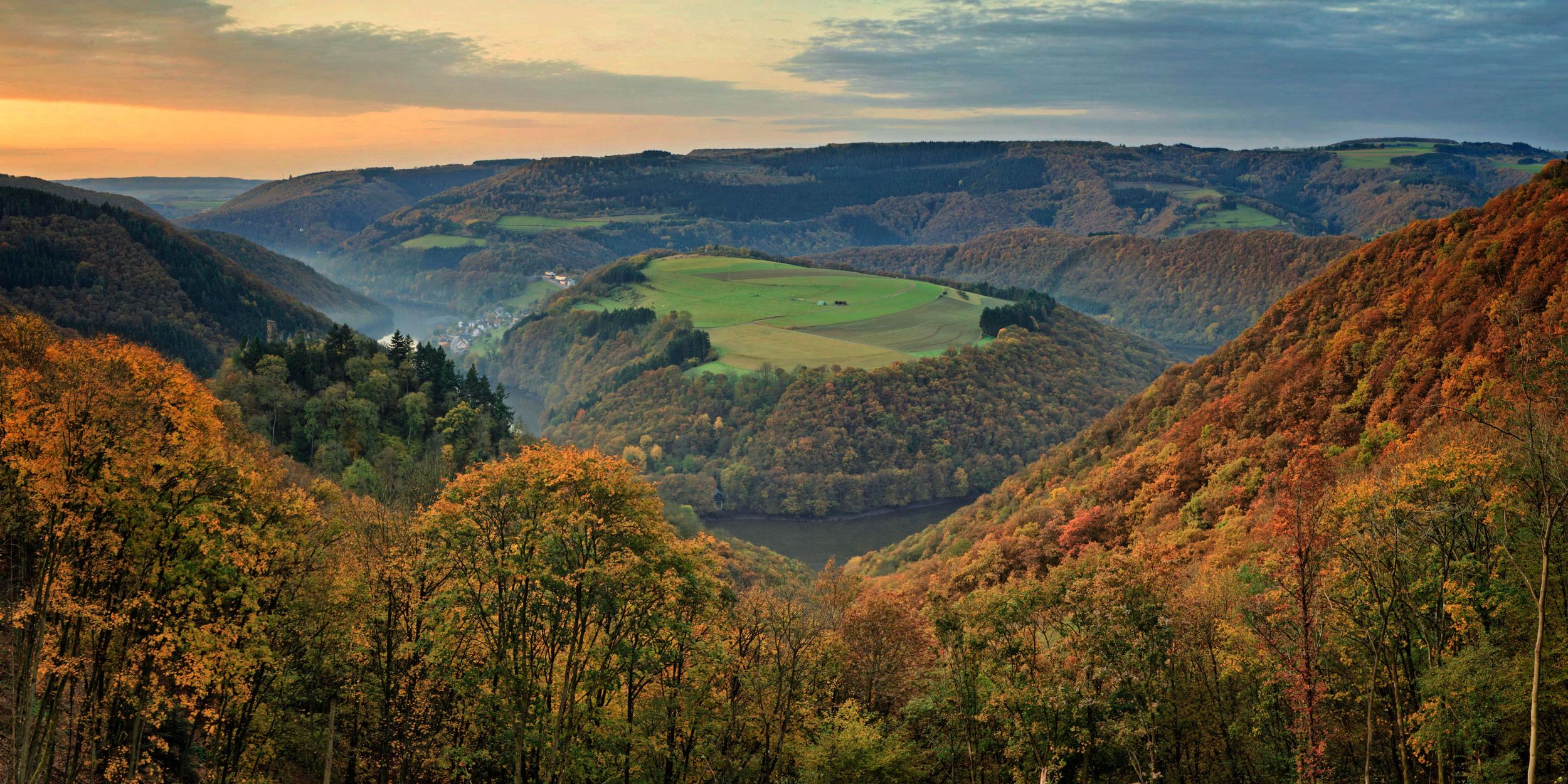An interview with Alain Krier, Head of Insights and Strategy – LFT, on the complex developments in Luxembourg’s tourism sector.
Mr Krier, how do you assess the tourism figures for the first seven months of 2025?
Alain Krier: We’re seeing quite a mixed picture. The STATEC figures show we’ve stabilised at a high level for arrivals and overnight stays, but with interesting differences between the various types of accommodation. This represents healthy development after the exceptional years of 2023 and 2024.
Let’s start with hotels – how have overnight stays developed?
Krier: We recorded 1.16 million overnight stays in the first half of the year, representing solid growth of 3% compared with January to July 2024. What’s particularly encouraging is that the city had an excellent season and business and conference tourism has recovered and stabilised after some challenging years.
Can you support that with concrete performance indicators?
Krier: Absolutely! Occupancy rates reached an excellent 74% – that’s up 2% on 2023. At the same time, RevPAR (Editor’s note: Revenue per Available Room) rose by 3% to €112.20.
What are the forecasts for the coming months?
Krier: For August, our assessments were more cautious – we’re expecting a decline of around 4% compared with August 2024 based on operator surveys. Overall, the summer was probably rather patchy after the very strong pre-season, with slight falls across all accommodation types. But you have to put this in context: 2023 and 2024 were exceptionally strong seasons with a post-Covid recovery that was faster in Luxembourg than in many other European destinations.
And autumn?
Krier: The outlook for September and October in the hotel sector currently lies slightly below last year’s results – around 3% down in each case, mainly due to an expected decline in the business segment. However, hotel search enquiries for the coming months are still 7% up on last year. This suggests growth potential for new bookings that might still materialise in the coming weeks. Particularly encouraging: 67% of operators remain optimistic about the rest of the season through to December.
Overall – what’s your verdict on the hotel sector?
Krier: With an excellent pre-season and a satisfactory summer, we’re expecting modest growth for the whole of 2025. After major advances in recent years, the hotel sector is stabilising at a high level – that’s a very positive development.
How is the camping sector faring?
Krier: Here we recorded 798,325 overnight stays, representing a slight decline of 2% compared with January to July 2024. But this figure is still impressive: it’s 26% above the level for January to July 2019! The estimates for August are somewhat more cautious with around 5% down compared with 2024, September virtually flat and October positive with a 7% increase. Autumn is becoming increasingly important, with strong demand in the walking segment and among motorhome tourists.
What about youth hostels?
Krier: Here there was a decline of 3% in arrivals and 5% in overnight stays, but this is mainly due to renovation work that has quite significantly restricted capacity. Three establishments were affected: Lultzhausen – where the blue-green algae problem in the water was an additional factor –, Echternach and the building in Luxembourg City. In August, visitor numbers were slightly higher than the previous year. The youth hostel organisation is therefore satisfied with the figures given the available capacity.
Where do our international guests come from?
Krier: Very encouraging news from the main markets: Italy shows the strongest growth this year at 39%, followed by France with 21% growth and Belgium with 10% growth. In absolute terms, however, the Netherlands continues to lead. Overall, arrivals from abroad in paid accommodation are up 4% according to STATEC.
Which attractions prove most popular?
Krier: The five most-visited attractions have remained unchanged for several years: Parc Merveilleux Bettembourg leads with around 232,600 visitors, followed by Vianden Castle with around 200,200, the Mullerthal Trail with approximately 198,500, the Casemates with approximately 185,800 and the Vianden chairlift with just under 88,000 visitors from January to August. This is based on attractions that provide their statistics to LFT. Generally speaking, we see that guests enjoy spending time on leisure activities – here we have an 11% increase compared with 2024. Museum visitor numbers have risen by 3% and castle visits by 1% compared with 2024, as our LFT survey shows.
Are there challenges as well?
Krier: Yes, one important observation: 63% of hotels and 53% of campsites are registering increasing reluctance among guests to spend money on site. That’s a trend we need to watch closely. High operating costs, staff shortages, the general economic situation and rather heavy administrative burdens represent key challenges for accommodation providers. Also interesting to note in the lead up: the celebrations for the royal succession had hardly any influence on bookings – only 9% of hotels and no campsites noticed any impact.
Your final assessment for 2025?
Krier: We’re seeing consolidation after the exceptional years, and more sustainable growth that once again corresponds more closely to the long-term trend of the pre-pandemic years (whilst the volumes in absolute figures remain above 2019 levels).


